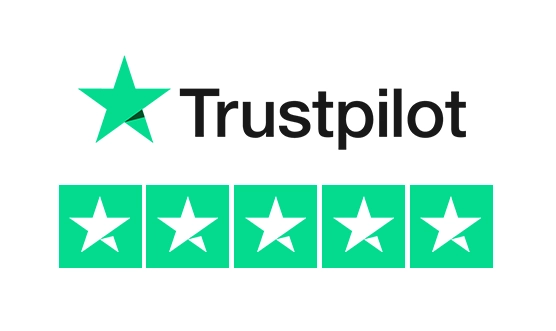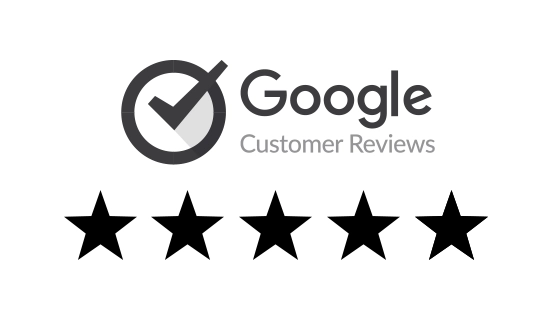Did you know that e-commerce is expected to jump to $4.88 trillion by 2021? No matter how lucrative this may seem for you as an online store owner, you should be aware of your rising competition.
The online world is getting fiercer each passing day and, to stay relevant, your goal is to rank high in the SERPs and attract highly relevant traffic. In other words, just building a strong e-commerce site is not enough. Without your help, it would be impossible for Google bots to identify, index, and rank your pages effectively. It is exactly why search engine optimization is your best friend.
If you’ve been already investing in SEO, but your e-commerce site’s performance is still low, this means that you’re making some less-obvious mistakes you’re not even aware of.
Here are some of them.

Building Too Difficult Navigation
The design of your website is important, but user experiences matter more. When landing on your website, your potential customers want to find what they’re looking for fast. Whether they’re just browsing through your offers or they know exactly what they want to purchase, you need to provide them with intuitive and personalized navigation from the very beginning.
Amazon is one of the best examples of how this works. Their navigation menu is incredibly easy to use, consisting of multiple sections that are further divided into more specific branches. All navigation menu labels are written in a simple language and are highly descriptive, helping users easily find what they’re searching for.
Still, you need to pay special attention to the length of your navigation menu. In this case, more doesn’t mean better. On the contrary, too many menu categories and labels may overwhelm and confuse your visitors, distracting them from finding the desired product and making a purchase.
In addition to impacting user experience, your website navigation also impacts your SEO efforts. Namely, the categories you add to your navigation are links that are basically passing SEO value from one page to another. Therefore, if you’re linking to some less important pages, you’ll waste your link juice and won’t be able to get the most out of your traffic for a certain category.
Not Producing Original Content for your Product Pages
Some online stores decide not to create their own content for product pages. In order to save time, they use the descriptions that have been originally provided by the product manufacturer. Unfortunately, this is not a good option for your SEO for multiple reasons.
First, remember that content development and production are critical for your SEO strategy. They give you the opportunity to create on-brand product page copies that emphasize your competitive advantages and build stronger relationships with your prospective customers. Such pages are highly engaging and interactive, gaining your customers’ trust and inspiring them to buy from you.
Second, chances are Google will observe the content you copied as an attempt to manipulate its algorithm and decide to punish you.
Unique content on your product pages that are optimized for the keywords your customers are really using will help you appear higher on Google’s SERPs, as well as attract more qualified traffic to your website.

Not Allowing Product Reviews
Online consumers make purchasing decisions based on other people’s experiences and suggestions. Remember that, when buying online, your customers cannot hold your products or meet your salespeople in person. For them, peer comments are proof of your trustworthiness and product quality. Given that, it’s not surprising at all that the majority of your online consumers trust online reviews as much as their friends and families’ recommendations.
Therefore, customer reviews are something you cannot afford to ignore. Some businesses are afraid of negative customer feedback, as they’re afraid that it will compromise their brand image and put off their potential consumers. However, this is not so. You should observe negative reviews as an opportunity to understand your customers better and improve your products and services. Most importantly, online consumers prefer to buy from sites that have both positive and negative comments, as it reflects your site’s transparency and honesty.
Additionally, you should also encourage other forms of user-generated content. For example, you could encourage your loyal customers to write testimonials or inspire them to create user-generated content (photos or videos of your products) and publish them on your website.
Underestimating User Experience Design
UX and SEO go hand in hand. Namely, attracting people to your website is just half the job done. The other half is inspiring people to spend more time on your site, become your leads and, eventually, convert. When a user is moving from one page of your site to another, spending time on your pages, and engages with them, these are all signals that are telling Google that you’re a relevant source of information that should be ranked high.
Now, there are numerous ways to integrate UX and SEO, for example:
- Invest in responsive website design. In today’s mobile-first era, roughly 1.6 billion users shop online using their mobile devices. Precisely because of that, you need to make sure that your website looks and feels good on smaller screens. Increase your website speed, simplify your navigation menu, improve your overall website architecture, and make sure all links, forms, and buttons are easily clickable by mobile users. There are also tests like Google’s Mobile-Friendly test that will tell you how optimized your page is for mobile devices, as well as show you how to improve mobile experiences.
- Improve website speed. Your website speed is crucial for your online performance. Namely, if your page doesn’t load in less than 3 seconds, the majority of your visitors will kick it without taking the desired action. For starters, you could minify JS, CSS, and HTML, enable compression, remove redirects, use a solid CDN, and invest in browser caching.
- Add an SSL certificate. If you’re still owning a site with HTTP, you should know that having an SSL certificate has become a ranking factor. Most importantly, it impacts people’s perceptions of your website. Namely, sites using HTTP are marked by Google’s Chrome as „unsafe.“ When they see this label, chances are your visitors will decide not to give you their sensitive information.
- Have security badges. Your potential customers want to know that their personal data is safe with them. In addition to HTTPS, security badges are also immensely important. They will increase your online brand credibility and get people to convert faster.

Over to You
No matter if you’re just launching your online store or you’re in business for quite some time now, it’s important not to overcomplicate things. Start by assessing some simple aspects of your SEO strategy, such as building a comprehensive navigation menu or boosting UX experience. These are some of the most frequently overlooked mistakes that may seriously ruin your online performance.
Are you making any of these SEO mistakes? Is there anything you would like to add? Please let us know in the comments.











